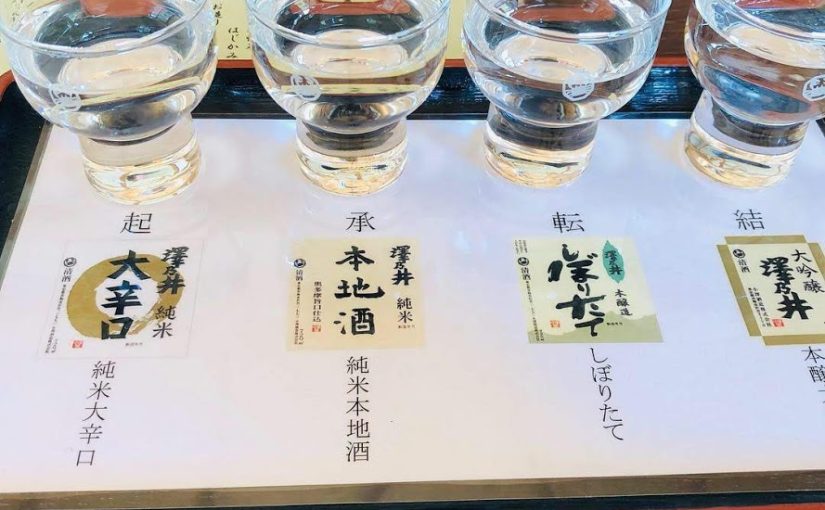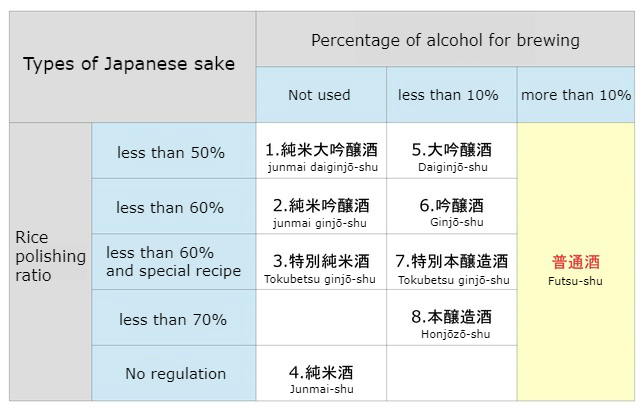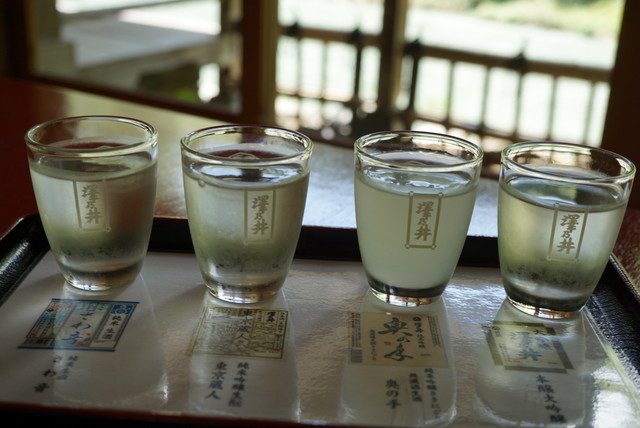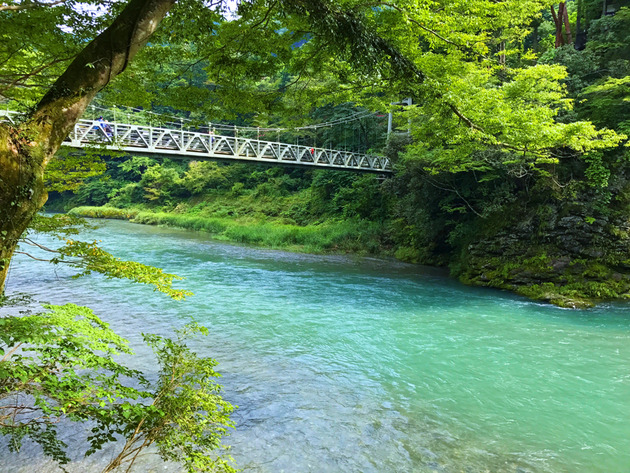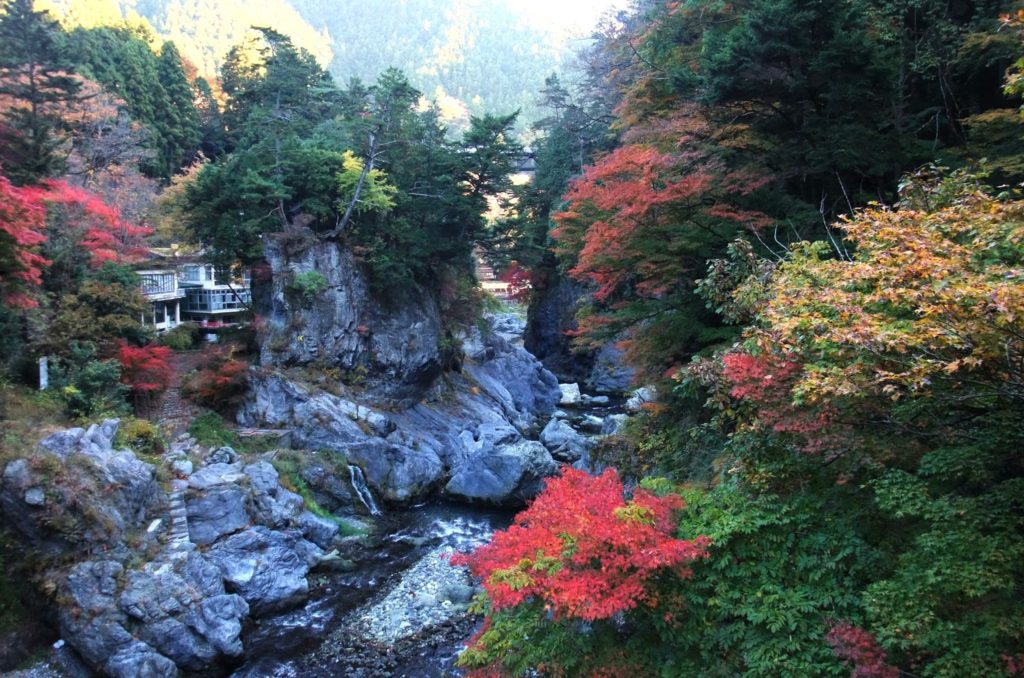Do you know the difference between “Daiginjou”, “Junmai-shu” and “Honjōzō-shu”?
There are many kinds of sake, and you have trouble choosing.
By knowing the difference between each Sake you can enjoy sake more.
Therefore, this time we will introduce the types of the 16 kinds of sake briefly and easily.
Types of Japanese sake
Sake is classified according to “Rice-polishing ratio”, “koji ratio”, “production method such as alcohol addition amount”.
Specific name Type of sake
Sake is basically made from rice and water.
inside that,
It can be broadly divided into two types with or without adding alcohol.
The one without alcohol addition is “Junmai-shu (純米酒)” ,
The one with alcohol addition is “Honjōzō-shu (本醸造酒)”.
【Types of Japanese sake 1 to 4】Junmai-shu (No alcohol added)
Junmai-shu is alcohol made only with rice and rice koji.
“Ginjo-shu” is made by fermenting a lot of polished rice (Rice-polishing ratio less than 60%) at low temperature for a long time.
Because it is a liquor that takes time and labor to manufacture, Ginjo-shu with a low rice-polishing ratio is expensive.

1. junmai daiginjō-shu 純米大吟醸酒
Raw materials: rice, rice koji, water
Features: Rice-polishing ratio is determined to be 50% or less. (Shaving 50% or more of rice and making polishing proportion 50% or less)
These are called daiginjō-shu.
There are many high-priced ones.
Unique flavor and color is particularly good.
2. junmai ginjō-shu 純米吟醸酒
Raw materials: rice, rice koji, water
Features: Rice-polishing ratio is determined to be 60% or less. (Shaving 40% or more of rice and making polishing proportion 60% or less)
These are called ginjō-shu.
Unique flavor and color is good.
3. Tokubetsu ginjō-shu 特別純米酒
Raw materials: rice, rice koji, water
Features: Rice-polishing ratio is determined to be 60% or less. (Shaving 40% or more of rice and making polishing proportion 60% or less)
These are called tokubetsu ginjō-shu with a special manufacturing method.
It is characterized by different raw material types and manufacturing methods.
4. Junmai-shu 純米酒
Raw materials: rice, rice koji, water
Features: Japanese ancient alcohol. There is no provision of rice-polishing ratio.
It is also called Junmai-Jozoshu, there are many types of rich taste.
Also, there is a difference in taste depending on the level of provision of rice-polishing ratio.
Unique flavor and color is particularly good.
【Types of Japanese sake 5 to 8】Honjozo-shu (Alcohol attached)
“Jozo-shu” is different from “Futsu-shu (普通酒)”, it is stipulated that the amount of brewing alcohol to be added must be kept to less than 10% of the total weight of white rice.
Alcohol for brewing seems to emphasize the taste and aroma of Sake and to have a mellow taste.

5. Daiginjo-shu 大吟醸酒
Raw material: rice, rice koji, water, brewed alcohol
特徴:Rice-polishing ratio is 50% or less(Shaving 50% or more of rice and making polishing proportion 50% or less.)。
it is also called Ginjo-zukuri 吟醸造り.
Unique flavor and color is particularly good.
The purpose of adding brewed alcohol is not to increase weight.
It will affect yeasts during fermentation making it possible to make a good sake brew.
Therefore, the quantity is small.
6. Ginjo-shu 吟醸酒
Raw material: rice, rice koji, water, brewed alcohol
Features: Rice-polishing ratio is less than 60%.(Shaving 40% or more of rice and making polishing proportion 60% or less.)
it is also called Ginjo-zukuri 吟醸造り.
Unique flavor and color is good.
7. Tokubetsu-honzo-shu 特別本醸造酒
Raw material: rice, rice koji, water, brewed alcohol
Features: Rice-polishing ratio is less than 60%.(Shaving 40% or more of rice and making polishing proportion 60% or less.)
It is characterized by different raw material types and manufacturing methods.
8. Honzo-shu本醸造酒
Raw material: rice, rice koji, water, brewed alcohol
Features: Rice-polishing ratio is less than 70%.(Shaving 30% or more of rice and making polishing proportion 70% or less.)
Sake that added brewing alcohol of 120 liters or less per ton of raw material rice.
What is Rice-polishing ratio 精米歩合?
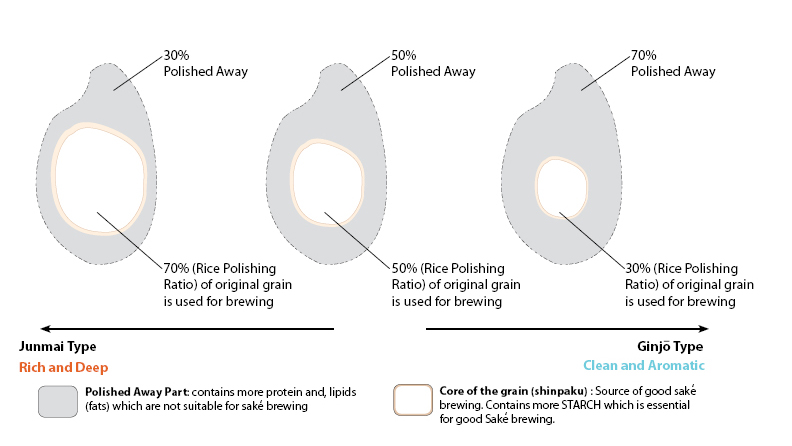
“Rice-polishing ratio” means the ratio of the core of rice used for manufacturing.
For example, if it is written as “Rice-polishing ratio 精米歩合 70%”, that liquor will be discarded as Nuka outside 30% of brown rice and 70% of the inside as raw material.
It is said that the lower the numerical value like “Rice-polishing ratio 50%”, the higher the quality.
The Rice not polished (the higher the number of Rice-polishing ratio), the more conspicuous are “taste depth, rice flavor, weight, dullness, fatigue”.
The more polished rice (the lower the number of Rice-polishing ratio), the more noticeable features such as “refreshingness, gorgeousness of fragrance, lightness, thinness”.
Of course there are individual differences in your preference, so please check the taste while comparing drinking and find the rice-polishing ratio that suits yourself.
【Other Sake】Futu-shu(general liquor)(Alcohol attached)
In conclusion
Each has slightly different features, there are individual differences in preference, so please try discovering your favorite sake while trying on what you care about little by little.
